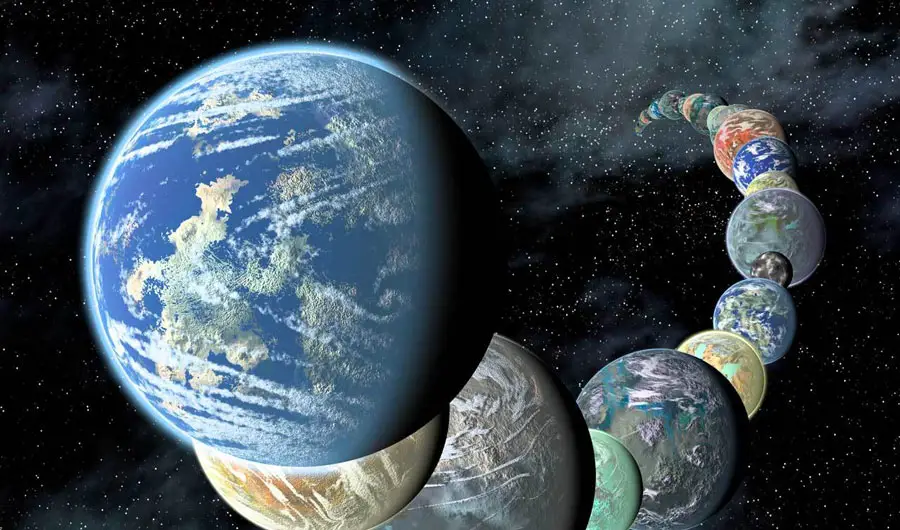In a groundbreaking study, NASA has expanded the search for extraterrestrial life by identifying 17 exoplanets that may harbor oceans of liquid water beneath their icy surfaces.

These findings suggest that water from these hidden oceans could occasionally erupt as geysers, similar to phenomena observed in our own solar system on moons like Europa and Enceladus.
The study, led by Dr. Lynnae Quick of NASA’s Goddard Space Flight Center, focuses on exoplanets that are roughly Earth-sized but less dense, indicating the presence of significant amounts of ice and water. These planets, much colder than Earth, could have surfaces covered in ice, yet possess internal oceans kept liquid by internal heating mechanisms. This heating could come from the decay of radioactive elements and tidal forces exerted by their host stars.
The research team recalculated each exoplanet’s surface temperature using Europa and Enceladus as models, considering their known surface brightness and other properties. They also estimated the total internal heating of these exoplanets by combining heat generated from tides with that expected from radioactive activity. This approach allowed them to estimate the thickness of the ice layers and the potential for geyser activity on these distant worlds.
The results are intriguing. The surface temperatures of these exoplanets are estimated to be up to 60 degrees Fahrenheit (about 33 degrees Celsius) colder than previous estimates. The ice shell thickness varies significantly among the exoplanets, ranging from about 190 feet (58 meters) for Proxima Centauri b to 24 miles (38.6 kilometers) for MOA 2007 BLG 192Lb. This variation in ice thickness impacts the likelihood and intensity of geyser activity, which is estimated to range from minimal to thousands of times more active than Europa.
Two exoplanets, Proxima Centauri b and LHS 1140 b, are of particular interest due to their proximity and the potential for high rates of geyser activity. These eruptions could be observable with telescopes when the exoplanets pass in front of their stars, dimming or blocking certain colors of starlight with water vapor from the geysers. This sporadic detection of water vapor could indicate the presence of cryovolcanic eruptions, offering clues about the exoplanets’ ability to support life.
The study also suggests that elements and compounds within the water might be detectable through their absorption of specific colors of light, allowing scientists to analyze the composition of the geysers and assess the habitability potential of these exoplanets. For planets like Proxima Centauri b, which do not cross their stars from our perspective, geyser activity could still be detected by powerful telescopes measuring the light reflected by the exoplanet.
This research, funded by NASA’s Habitable Worlds Program, the University of Washington’s Astrobiology Program, and the Virtual Planetary Laboratory, marks a significant step in the search for habitable worlds beyond our solar system. It not only broadens our understanding of where life could potentially exist but also opens new avenues for future explorations and studies.
As we continue to explore the cosmos, discoveries like these remind us of the vast and diverse nature of planetary systems in our galaxy. The potential for habitable oceans beneath icy surfaces on distant exoplanets challenges our current understanding of life-supporting environments and fuels our curiosity about the mysteries of the universe.
Reference(s): NASA

